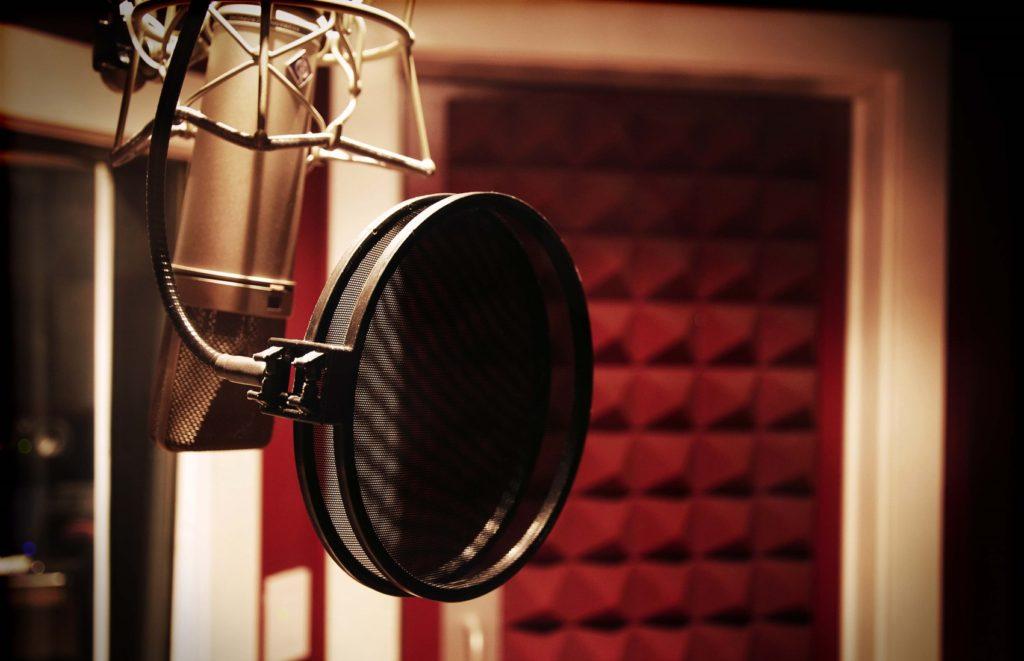Introduction
A transducer is a microphone. Its function is to "translate" the sound pressure transmitted by air vibration into variations in electric current. The capsule construction style of microphones distinguishes them. These are the shapes:
- Dynamic
- Condenser
- Ribbon
A condenser microphone typically includes an embedded electronic circuit. This circuit may include a tube or valve, as in guitar amplifiers, transistors (as in a solid-state microphone), or an electret microphone. Condenser microphones have a high transient response and an excellent response to high frequencies by design.
A Condenser Microphone From Inside
Its capsule is made up of two thin metal plates that are very close to each other. Because that is the same property of a capacitor in physics, condenser microphones are also known as capacitor microphones. One of the plates moves and acts as a diaphragm, while the other (called the backplate) is fixed. In order to conduct electrical current properly, the moving plate is usually gold plated.
As the plate moves, an electric potential difference is created; this difference is the signal captured and transmitted. This level of signal, however, is very low and must be amplified. As previously stated, the microphone has an internal circuit that increases the signal's gain and requires electrical power to function. Electrical tension must also be applied to the metal plates. That is why we require phantom power. Interesting fact: electret condenser microphones only require phantom power for amplification. Their backplate is intentionally polarised.
Condenser microphone polar patterns
We can have a variety of polar patterns. The most typical are:
- Cardioid - Picks up sound from the microphone's front.
- Hypercardioid - This type of microphone picks up sound both in front of and behind the microphone. Take note of how the focus is wider behind it than in front.
- Bidirectional - Picks up sound from both the front and the back. Take note of the rejection zone that exists between both sides.
- Omnidirectional - It picks up sound from all sides equally.
Some condenser microphone models only have one polar pattern. Other models, known as multi-pattern models, have multiple patterns from which to choose.
Usage
Microphone circuits have evolved alongside technological advancement. Manufacturers can now deal with volumes above 120dB better than they could years ago. As a result, condenser microphones are more widely used than ever before, and can be found in recording studios all over the world. Condenser microphones are preferred for recording instruments with high dynamic variations, such as acoustic guitars and drums, due to the richness of detail they can capture.
Condenser microphone types
Neumann U87
It was invented in 1960 and is widely used in recording studios today. Many well-known singers have used it to perform.
- Large capsule.
- Frequency balance across the entire spectrum.
- Omnidirectional, cardioid, and figure 8 patterns are available.
AKG C414
Since its inception in 1971, it has undergone numerous changes. The capsule ring is the most dramatic. The factory replaced a metal ring with a nylon ring, which caused some sonic changes in the microphone. Only in 1993 was it revised, and it returned to the metal ring.
- Large capsule.
- Omnidirectional, open and closed cardioid, hyper cardioid, and figure 8 patterns
- The response is the same as it was with its previous version.
One Last Thought on Condenser Microphones
What exactly is a condenser microphone? It is the preferred method for recording sounds that require a high level of subtle detail and clarity.
When used correctly, condenser microphones provide a lot of versatility and produce high-quality results with little effort.
Treat your device with care and use it correctly, and it will last you for decades.
Source URL: https://www.audioegghead.com/what-is-a-condenser-microphone/
